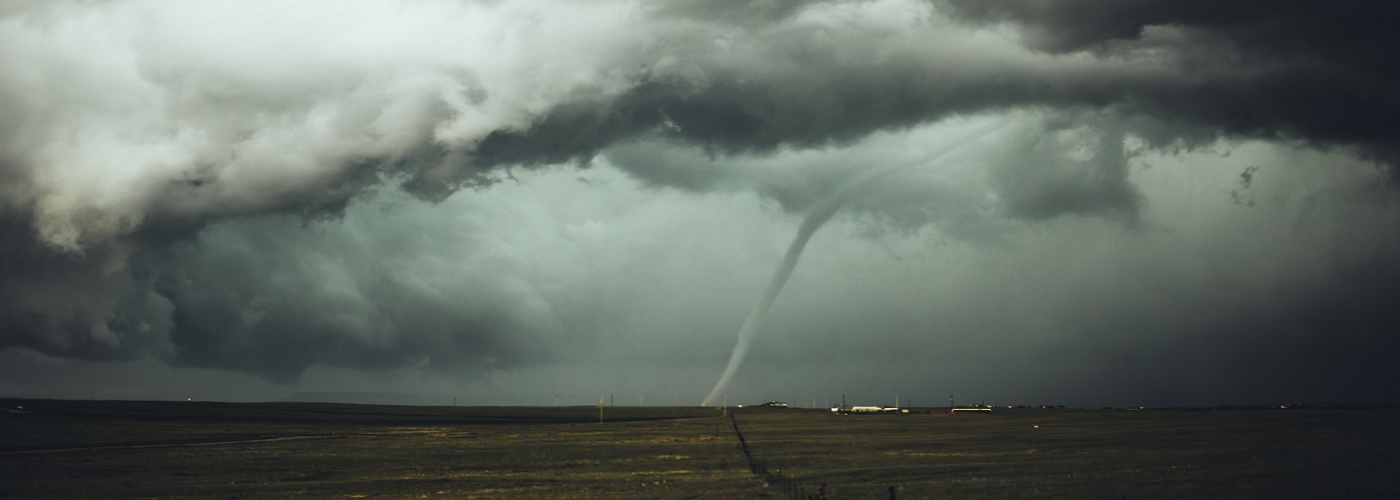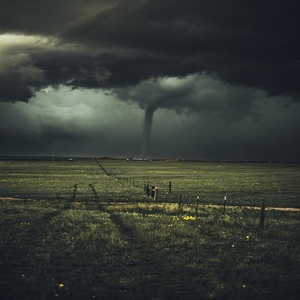

When meteorologists cover the details on a tornadic thunderstorm, they utilize velocity data generated by Doppler radar, as well storm reports from spotters to track the tornado. During this time frame, tornado intensity can not be estimated. It is not until after the dust has settled that the tornado intensity can be given. This is done by a team of meteorologists that are sent from the nearest NWS (National Weather Service) forecast office, and is usually done within a few days after the event has occurred. Let's look into how tornado intensity is rated and what scale is used to accomplish this task.
The job of a survey team is to confirm and assess the damage left by the tornado. Damage to any structure(s) is given a grading on the degree of damage that was incurred. When more sturdy structures, such as apartment buildings or shopping malls, incur a high degree of damage, the estimation of peak winds increase. The eventual rating the tornado receives is assigned by the Enhanced Fujita (EF) Scale. Every tornado is given an EF rating anywhere from 0 to 5. Each rating gives the estimated 3 second peak wind gust that occurred in the tornado. Any tornado that receives an EF rating of 2 or greater is classified as a violent tornado (peak winds of 111 mph or greater). The last EF5 that hit the US was in Moore, OK, back on May 20th of 2013. From the table below, you can see that an EF5 rating equates to peak winds of over 200 mph. Since 1953, there have been a total of 59 EF5 tornadoes.
The 2019 tornado season has been quite active due to a high frequency of tornadoes that occurred between March and June. Thus far, there have been 1,267 tornadoes, and there are still a few months of tornado season to go. The average number of tornadoes that the US sees in a year is 1,250. So even if we stayed at the current count, the season will be rated as more active than usual. The state that has seen the most tornadoes this year is Texas, which has seen 168 touchdowns. The state of Kansas, due to its much smaller size, has seen the highest concentration of tornadoes this year, with their count at 115.
An illustration of the Enhanced Fujita Scale compared to the previous one that had been used.





